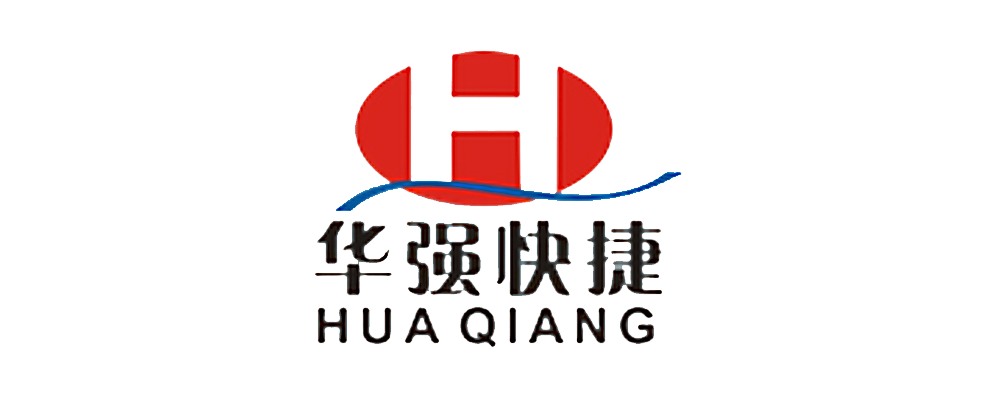PCB printed circuit board production line has many processes, every link should be carefully in place, once a link is wrong, the board will be scrapped, which will bring unnecessary losses to customers and companies. Circuit boards originated in 1948, and the United States officially recognized that the invention can be used for commercial purposes. Printed circuit boards (PCBs) have been widely used since the mid-1950s. Prior to the advent of circuit boards, interconnection between electronic components was accomplished by direct connection of wires. Nowadays, wires exist only for laboratory test applications; printed circuit boards have definitely occupied an absolute control position in the electronic industry.
PCB production process:
First, contact manufacturers.
First, we need to find the PCB manufacturer on the internet. Then we need to know the size, product advantages and address of the PCB manufacturer. Then we need to communicate (QQ or telephone) after which there will be relevant personnel to quote, place orders, and follow up the production progress, delivery and delivery.
Two, open the material.
Purpose: According to the requirement of MI engineering data, on the large sheet which meets the requirement, the sheet is cut into small pieces to produce the sheet. The sheet meets the requirement of customers.
Flow: Large sheet metal Cutting plate according to MI requirements Ramp plate Beer fillet Grinding edge Out plate
Three. Drilling
Aim: According to engineering data, the required aperture can be drilled at the corresponding position on the sheet which meets the required size.
Process: laminated pin upper plate drilling lower plate inspection repair
Four. Copper precipitation
OBJECTIVE: Copper deposition is a chemical method to deposit a thin layer of copper on the wall of insulating holes.
Flow: Rough grinding hanging plate copper sinking automatic line lower plate soaking% dilute H2SO4 thickening copper
Five, graphics transfer
Objectives: Graphic Transfer is the image transfer on the production film board.
Process: (Blue Oil Process): Grinding Plate Printing First Side Drying Printing Second Side Drying Explosion Shadow Inspection; (Drying Film Process): Hemp Plate Pressing Film Static Position Exposure Static Position Photography Inspection
Six. Graphic plating
Objective: Graphic electroplating is to electroplate a required thickness of copper layer and a required thickness of gold, nickel or tin layer on the exposed copper skin or hole wall of the circuit.
Flow: upper plate degreasing washing twice micro corrosion washing pickling copper plating washing acid dipping tin plating washing lower plate
Seven. Film withdrawal
Objective: To remove the anti-electroplating coating with NaOH solution and expose the copper coating on the non-line.
Flow: water film: socket alkali washing scrubbing passing machine; dry film releasing board passing machine
Eight. Etching
Aim: Etching is to use chemical reaction method to corrode the copper layer of off-line parts.
Nine, green oil
OBJECTIVE: Green oil is to transfer the picture of green phenanthrene to the board to protect the circuit and prevent tin on the circuit when welding parts.
Processes: grinding plate printing green oil plate exposure shadow; grinding plate printing the first side drying plate printing the second side drying plate
Ten, characters
Purpose: Characters are an easy-to-identify marker.
Procedure: Green oil end cooling and stationary adjusting screen printing characters back imprint
11. Gold-plated fingers
OBJECTIVE: To coat the plug finger with a required thickness of nickel \ gold layer, so as to make it harder and more wearable.
Process: upper plate degreasing washing twice micro-corrosion washing twice pickling copper plating washing nickel plating washing gold plating
Tinplate (a parallel process)
AIM: Tin spraying is to spray a layer of lead and tin on the bare copper surface which is not covered with solder inhibitor oil to protect the copper surface from corrosion and oxidation, so as to ensure good solderability.
Process: micro-erosion air drying preheating rosin coating solder coating hot air leveling air cooling washing and air drying
Twelve. Molding
OBJECTIVE: To make gongs, beer boards, gongs and hand-cut by means of die stamping or NC gongs forming.
Explanation: Data gong machine board and beer board have higher accuracy, followed by hand gong, the lowest hand cutting board can only do some simple shape.
Thirteen, test
AIM: To detect functional defects such as open circuit and short circuit, which are difficult to detect visually, by electronic 100% test.
Process: Upper die Placement Testing Qualified FQC visual inspection Unqualified Repair Back test OK REJ Scrap
Fourteen. Final inspection
Objective: To avoid the problem and defective plate outflow by 100% visual inspection and repair of slight defect.
Specific workflow: incoming materials checking data visual inspection qualified FQA spot check qualified packaging unqualified handling inspection of OK
Vacuum Packaging
Sixteen, shipment
The above is the basic process of
PCB circuit board production line, if the four or multi-layer board process will be more cumbersome, the company will be more demanding, Huaqiang fast to provide professional PCB circuit board is the product of qualified and excellent quality manufacturers.
